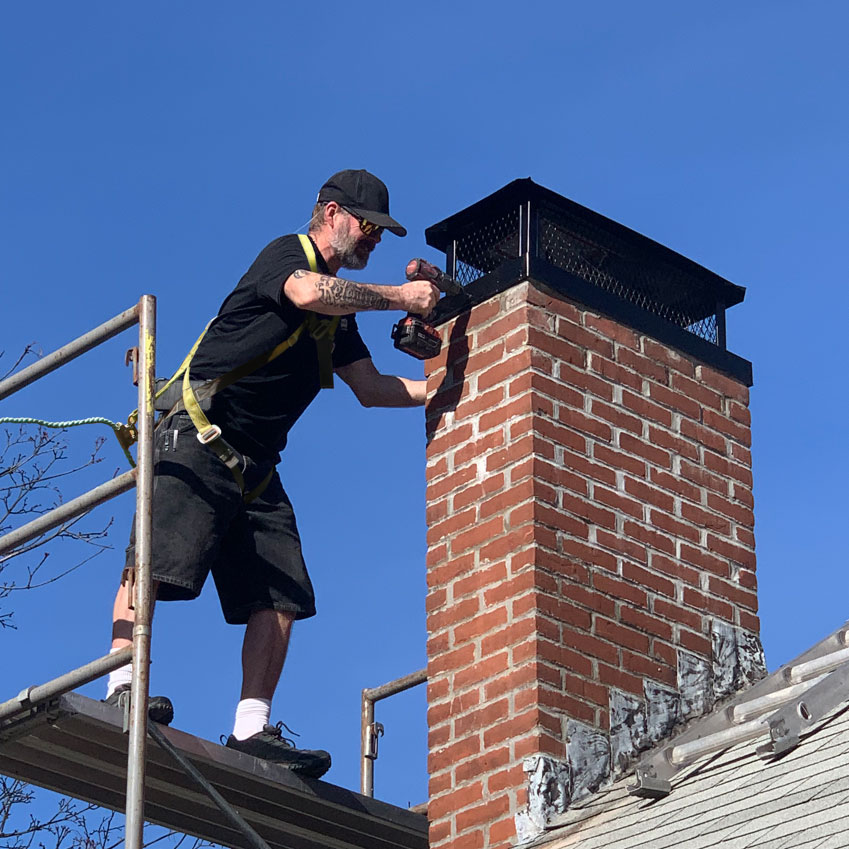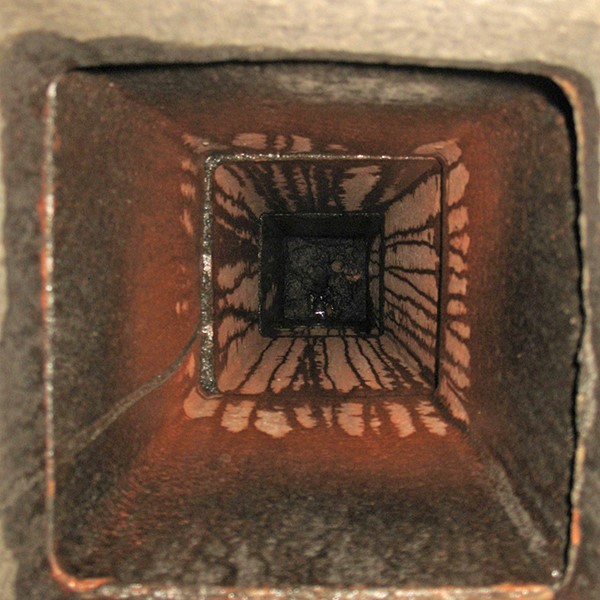Does Every Chimney Need to Have a Cap On It?
Fireplaces and heating stoves are a standard feature in many South Framingham and South Shore homes. However, not every home has a chimney cap on top. That’s unfortunate because a chimney cap is an easy and inexpensive device that protects your chimney from external elements minimizing repairs and prolonging its useful life. Here are five reasons why every chimney needs to have a cap.
Prevent Moisture Intrusion
A chimney cap is your chimney’s first line of defense for keeping rain and snow out of the flue. Without a chimney cap, rainwater will leak inside the flue, dripping down to your fireplace. Moisture can damage the interior masonry, flue liner, firebox, and other components increasing the risk of fire and exposure to carbon monoxide fumes. It can also cause the damper to corrode or rust and create the conditions for the growth of mold and mildew.
Keep Out Wildlife
The birds, raccoons, squirrels, and other wildlife are lovely to look at, but you don’t want them taking up residence, building nests, and making a mess inside your chimney. Chimney caps with a mesh screen will keep those pesky critters out of the chimney so they don’t interfere with venting of dangerous fumes or get inside your home.
Prevents Debris Obstructions
A chimney cap also helps prevent leaves, twigs, and debris from nearby trees and brush from being blown into the flue that can cause an obstruction. Flue obstructions are hazardous. It can cause a sudden backdraft that pushes the smoke and gases out of the fireplace reducing indoor air quality and exposing residents to irritating smoke and dangerous fumes.
Minimizes Downdrafts
If your chimney doesn’t have a cap, the outside air can blow in on windy days making your home feel colder and draftier during the winter. It also reduces the heating efficiency of your fireplace. Strong wind gusts that occur above your chimney can also cause a dangerous downdraft that pushes smoke, soot, and debris into your home. It can also cause skin and eye irritation if you happen to be near the fireplace when a downdraft occurs and debris enters your home.
Stops Sparks
The snap, crackle, and popping inside the fireplace are the sounds of hot embers flying around the flue. Many fireplace owners have a screen to prevent these hot embers from flying out of the fireplace. However, embers can also exit the flue and land on your roof or a nearby tree and spark a fire. Installing a chimney cap with a mesh screen and spark arrestor contains the flammable debris, so they don’t jump out of the flue.
Top-Sealing Damper and Chimney Cap
If your fireplace damper is worn or no longer functioning, you may want to consider installing a top-sealing damper. A top-sealing or top-mount damper also serves as a chimney cap. Unlike a traditional throat damper that seals the fireplace when it’s not used, a top mount damper seals the entire flue. In addition to providing increased heating efficiency, it keeps all external elements out of the chimney, including precipitation, downdrafts, animals, and debris.
 We Have a Chimney Cap for Every Chimney
We Have a Chimney Cap for Every Chimney
Chimney caps are available in many styles, materials, and sizes that will protect your chimney while enhancing its appearance. However, since it’s vital to get the right size cap to fit your chimney, it is highly recommended you contact a certified chimney technician like Above & Beyond Chimney Service for professional installation.

